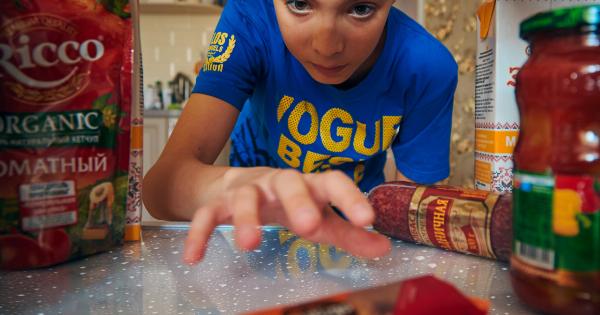It is recommended that children have their first comprehensive eye exam at 6 months of age, followed by another exam at 3 years old and again at 5 years old.
However, if there are any concerns about a child’s vision or if there is a family history of eye disorders, an exam may be recommended earlier.
Components of a Comprehensive Eye Exam for Children
A comprehensive eye exam for children under 5 years old includes a number of important components. These components may vary depending on the child’s age and any specific concerns, but may include:.
Visual Acuity Test
A visual acuity test measures how well a child can see at various distances. This may involve using an eye chart or other special tools to assess visual acuity.
Eye Alignment Test
An eye alignment test evaluates how well a child’s eyes are working together. This may involve covering one eye and observing the movement of the other eye, or performing other exercises designed to assess eye muscle function.
Eye Movement Test
An eye movement test assesses how well a child can move their eyes in different directions and how well they can track moving objects.
Refractive Error Test
A refractive error test checks for nearsightedness, farsightedness, and astigmatism. This may involve using special tools to measure the child’s prescription for glasses or contact lenses.
Eye Health Evaluation
An eye health evaluation assesses the overall health of a child’s eyes. This may involve using various tools to examine the structures of the eye and assess for any signs of disease or other issues.
Additional Testing
In some cases, additional testing may be needed to fully evaluate a child’s vision and eye health. This may include testing for color vision, depth perception, and other factors that can impact vision and eye health.
Why Are Eye Exams Important for Children?
Eye exams are incredibly important for children because they can help identify vision and eye health issues early on. Early detection and treatment of eye disorders can help prevent more serious problems from occurring later in life.
Additionally, children with uncorrected vision problems may experience difficulties with learning and development.
Vision problems can impact reading, writing, and other important skills, making it essential to address these issues as early as possible.
Conclusion
Eye exams are an important part of maintaining good eye health, particularly for young children.
By scheduling regular eye exams, parents and caregivers can help ensure that any vision or eye health issues are detected early on and that appropriate treatment is provided. If you are concerned about your child’s vision or eye health, don’t hesitate to contact a healthcare professional for guidance.





























